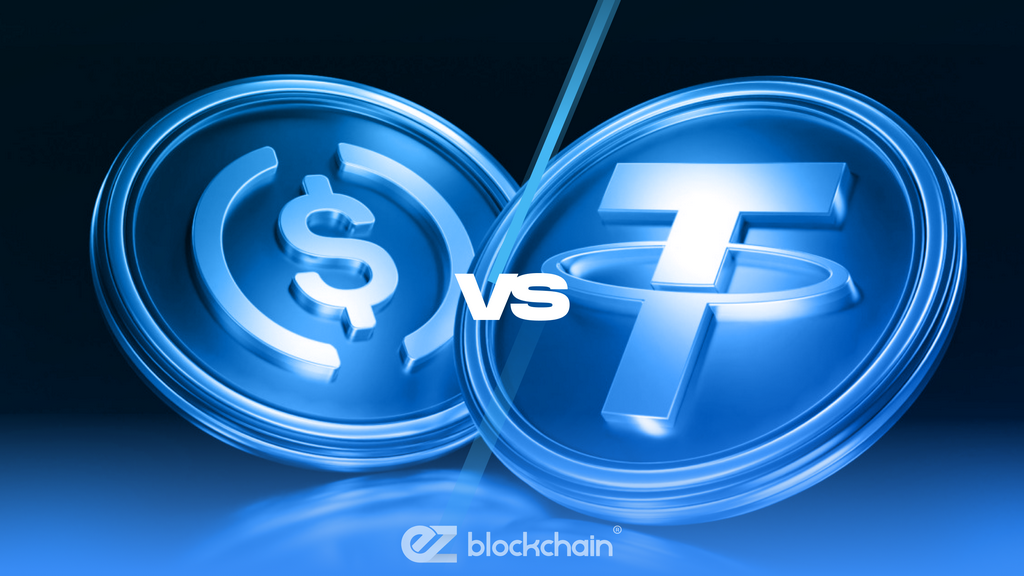Stay up to date with the latest news, announcements, and articles.
That reallocation of supply into an institutional custodial envelope has two immediate quantitative consequences: (1) it reduces the float of freely tradable BTC on exchanges and OTC pools at any given time; and (2) it increases the share of circulating supply subject to institutional custody rules, redemption mechanics, and large-block settlement conventions. Both effects amplify the market sensitivity to flows into/out of IBIT and to the operational risk profile of custodians and intermediation layers.
How 3% Ownership Was Accumulated
BlackRock accumulated this position largely via the rapid adoption of IBIT after the product’s launch and continual inflows from wealth managers, ETFs, and retail/wholesaler channels. IBIT functions as a spot-backed exchange-traded product: inflows into the fund correspond to direct or brokered buys of Bitcoin that are placed into custody (with Coinbase Custody and other back-up custodians named in the Trust’s filings). The net effect is mechanical: client subscriptions → creation units → on-chain settlement → increase in IBIT custody balances. The Trust’s Form 10-Q (period ended June 30, 2025) documents the custodial relationships and the accounting that underpins that accumulation.
“IBIT is a custody-backed creation mechanism: new shares only exist because on-chain bitcoin was acquired and placed into the Trust’s custody. That link makes inflows directly additive to institutional on-chain reserves.”
The acceleration was structural rather than opportunistic: product familiarity (BlackRock brand and distribution), regulatory clearance for U.S. spot products, and the mechanical convenience of ETF wrappers drove an aggregation dynamic that is predictable in any market where a low-friction institutional instrument offers exposure to a scarce underlying asset.

Implications for Bitcoin Price
The supply dynamics described above affect price via liquidity and inventory channels. Reduced instantaneous float amplifies the price impact of identical net buys or sells; a buy that would previously have been soaked by exchange order books may, in a tighter float regime, push price further for the same executed quantity.
- Reduced exchange float increases slippage for large market takers.
- Concentration of long-term reserve assets lowers available high-frequency liquidity.
- Redemption mechanics or large institutional rebalancing can produce asymmetric sell pressure.
- On-chain custody stresses (e.g., legal or operational events at a custodian) can introduce event-driven volatility.
Those mechanics imply that supply-side sequestration into IBIT is a price-amplifying structural change: equivalent notional flows now produce larger realized price moves in both directions, ceteris paribus. Empirical studies on scarce assets and exchange float show that when a material fraction of supply migrates to custody-bound vehicles, realized intraday volatility and slippage metrics both rise.
Effect on Market Centralization
The accumulation of ~3% of outstanding BTC by a single institutional vehicle is a concentration event that increases the systemic importance of custodial and intermediated infrastructure. There are two separate centralization vectors to distinguish:
- Economic centralization — large, non-distributed ownership of units that reduces free float and creates asymmetric market power.
- Operational centralization — reliance on a small set of qualified custodians, settlement counterparties, and APs (authorized participants) to effect creations/redemptions.
Key operational pressure points:
- Custodial counterparty risk becomes a single point of failure for a larger fraction of supply.
- Authorized participant and market-maker concentration increases the impact of ladder-type liquidity shocks.
- Regulatory actions targeting custodians or ETF frameworks will have amplified, concentrated consequences.
- Indexation and passive flows into IBIT can entrench a demand floor that changes market microstructure.
“This is not a change to consensus decentralization, but it is a meaningful concentration of tradable liquidity and institutional control vectors.”
The net effect is a more fragile equilibrium with respect to custody and market-making stress, even though the underlying protocol remains decentralized.
Impact on Retail Investors
For retail participants the BlackRock accumulation can be both beneficial and hazardous. Three principal implications:
First, access and price discovery: IBIT offers regulated exposure with simplified custody, which reduces onboarding friction and may increase retail participation through familiar channels (brokerage accounts, retirement plans). That expanded demand path can support higher baseline prices, especially when combined with constrained float dynamics.
Second, volatility and execution costs: retail traders who execute large market orders on exchanges may face higher slippage in an ecosystem with less spare liquidity. This can make short-term trading less efficient; spread and market-impact models should be re-parameterized to account for lowered exchange reserves.
Third, counterparty and redemption mechanics: retail holders using IBIT as a proxy are exposed to ETF operational frictions (authorized participant windows, creation/redemption latency, and potential gate mechanisms under stress). For buy-and-hold retail investors this is usually acceptable, but for active traders it adds a layer of execution and liquidity risk that must be modeled explicitly. Statistics from fund inflow studies and custody reports indicate large funds can meaningfully compress hourly liquidity when they buy at scale.

Influence on Institutional Investment Trends
Institutional behavior is path-dependent: success of one large wrapper — particularly one distributed by the world’s largest asset manager — creates a template that other institutions follow. That dynamic can accelerate adoption curves, bring additional custodians and infrastructure providers into compliance, and normalize Bitcoin as a macro treasury asset.
“BlackRock’s IBIT has functioned as a catalyst: where a credible, regulated wrapper exists and custody infrastructure is proven, more corporates and asset allocators move from optionality to allocation.”
Consequently, expect a two-stage institutional response: increased passive inflows into ETFs and parallel growth in bespoke custody agreements for large corporates and pension-scale allocators.
Potential Risks and Opportunities
From a risk perspective, concentrated holdings create single-point systemic vectors: a custody disruption, regulatory clampdown, or logistical failure has outsized market consequences. From an opportunity perspective, aggregated custody enables more sophisticated risk-management products (options hedges, structured products) and improves market completeness.
Statistically, a concentrated institutional holder controlling multiple percent of float changes liquidity multipliers materially: on-chain fund-level studies show that when institutional reserves cross 1–2% thresholds they begin to alter realized bid-ask depth and increase the probability of >5% intraday moves for a given notional shock. Those effects scale as reserve concentration rises.
Operationally, the presence of large institutional holders can reduce counterparty credit risk for derivative counterparties (via collateralization and audited proof-of-reserves) but increases systemic exposure to the governance and compliance profile of custodians and trustees.
Comparing BlackRock to Other Institutional Holders
BlackRock’s IBIT is now comparable in custody scale to, and in some on-chain tallies exceeds, major exchange reserves and corporate treasuries. The important distinction is the economic intent: IBIT is primarily a client-backed custody pool designed to track spot price for investors, whereas corporate holders (e.g., treasury companies) hold for long-term balance sheet reasons. MicroStrategy and other corporate holders disclose holdings through SEC filings; their reserves are large but have a different behavioral profile (treasury management versus passively traded ETF shares).
“IBIT is a distribution and custody construct; corporate treasuries are concentrated strategic reserves — both matter for liquidity, but they respond differently to market stress.”
Regulatory Implications for Large Holders
Two near-term regulatory vectors emerge when a single institutional vehicle controls a multi-percent share of supply. First, disclosure and AML/KYC scrutiny will intensify for custodians and authorized participants; regulators will demand robust operational resilience and contingency planning because a custody failure has systemwide implications. Second, market-structure rules (e.g., reporting thresholds, redemption limits, or temporary halts) may be proposed or adopted to manage systemic risk arising from concentrated institutional wrappers.
Regulators will likely differentiate between the protocol layer (consensus rules) and the market infrastructure (custody, settlements, fund governance). The policy debate will be: how to maintain the integrity and property rights of a decentralized ledger while managing the systemic risk introduced by centralized custody and concentrated institutional accumulation.
Fill out a form and our bitcoin mining expert will contact you.
FREE CONSULTATIONchoose
a miner
profit and
understand data?
business remotely
with EZ Blockchain?
Fill out a form and our bitcoin mining expert will contact you.









